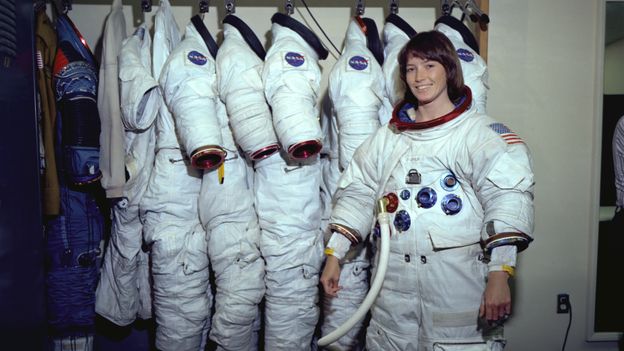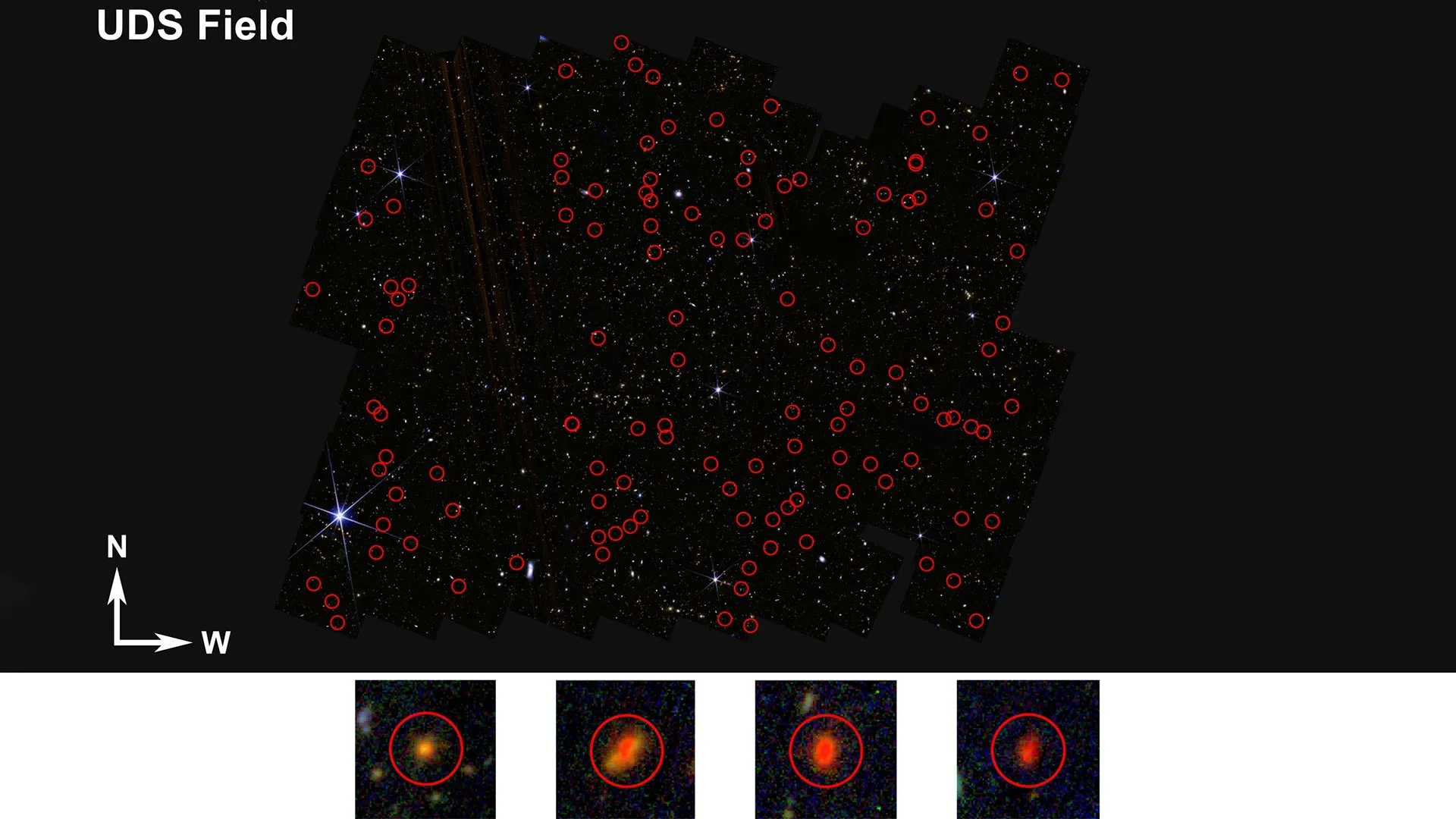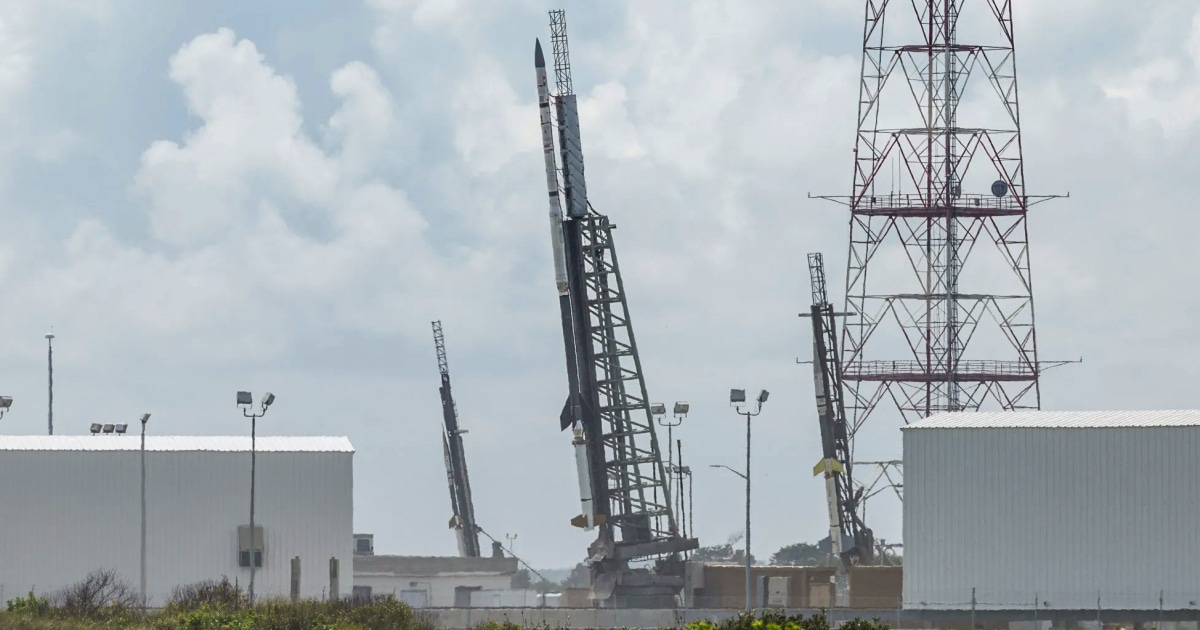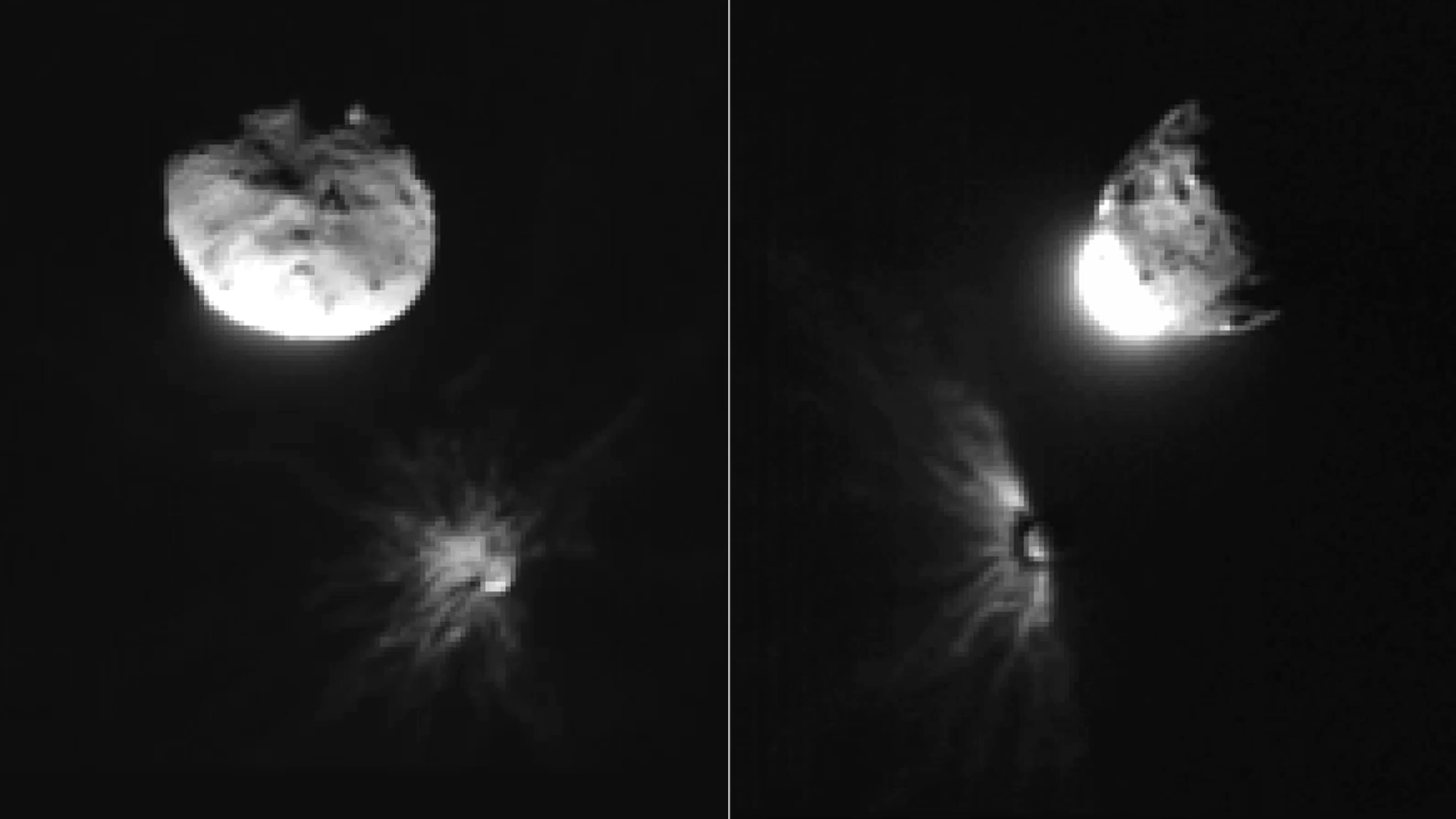Promising Candidate for Extraterrestrial Life Discovered

Introduction
The search for extraterrestrial life has captivated humanity for centuries. And now, scientists might have found a promising candidate for a planet that could support life. A rocky, Earth-size planet located in our Milky Way galaxy, just 40 light-years away, has been found to potentially have an atmosphere around it. This raises the possibility that the planet, known as TOI 700 d, could also have liquid water on its surface – a key ingredient for life as we know it.
Key Details
TOI 700 d was discovered using NASA's Transiting Exoplanet Survey Satellite (TESS) and data from the Spitzer Space Telescope. The planet is about 20% larger than Earth and orbits its star, TOI 700, every 37 days. It is located in the habitable zone, a region where temperatures are just right for liquid water to exist. This makes it a potential candidate for hosting life, although further research is needed to confirm the presence of an atmosphere and liquid water on its surface.
Impact
The discovery of TOI 700 d is a significant step in our search for extraterrestrial life. With its potential for an atmosphere and liquid water, this planet has the right conditions for life to thrive. This finding also highlights the importance of continued research and exploration in the field of astronomy. We never
About the Organizations Mentioned
NASA
The National Aeronautics and Space Administration (NASA) is the United States’ premier civil space agency, responsible for the nation’s civilian space program, aeronautics research, and aerospace technology development[1][2]. Headquartered in Washington, D.C., NASA operates ten major field centers across the country and employs nearly 18,000 civil servants, supported by an extensive network of contractors, academic institutions, and international partners[1][2]. Since its establishment in 1958, NASA has revolutionized humanity’s understanding of the cosmos, pioneered technological advancements, and shaped global space policy. ## History and Key Achievements NASA was created in response to the Soviet Union’s 1957 launch of Sputnik, with the goal of ensuring U.S. leadership in space exploration. It succeeded the National Advisory Committee for Aeronautics (NACA) and quickly became the driving force behind iconic programs such as Project Mercury (America’s first human spaceflight program), Project Gemini (which developed techniques for space rendezvous and extravehicular activity), and the Apollo program, which landed astronauts on the Moon between 1969 and 1972[1]. The agency also developed the Space Shuttle, the world’s first reusable spacecraft, and built the International Space Station (ISS), a symbol of international collaboration and scientific research[1][5]. NASA’s robotic exploration has been equally transformative, with over 1,000 uncrewed missions investigating Earth, the Moon, Mars, and beyond. The agency’s fleet of observatories—including the Hubble Space Telescope and the James Webb Space Telescope—has provided unprecedented views of the universe, from the birth of stars to the detection of exoplanets[1]. The Perseverance rover is currently searching for signs of ancient life on Mars, while New Horizons explored Pluto and the outer solar system[1]. ## Current Status and Notable Aspects Today, NASA is advancing the Artemis program, aiming to return human









